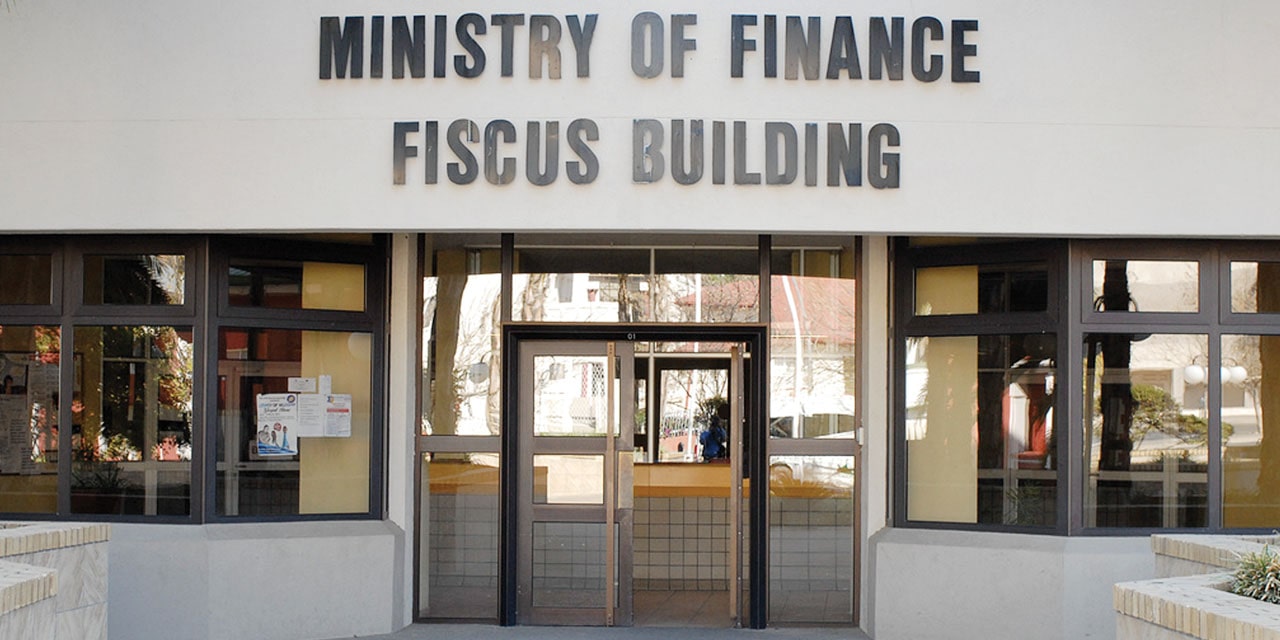Staff Writer
Namibia’s plan to borrow from the International Monetary Fund (IMF) to help finance its N$21.4 billion deficit could create a repayment predicament if the N$4.5 billion loan is granted.
This comes as it emerged that the majority of government debt maturities lie in the next few years, with the first Eurobond maturing in late 2021.

Robert McGregor
“The timeline for repayment is the only real area of any concern, being in 3¼ to 5 years – right between Namibia’s two Eurobond maturities and with a public debt profile where the majority of maturities lie in the next few years. Overall, however, I believe that utilizing this facility from the IMF is a prudent decision,” Cirrus Securities Economist, Robert McGregor said.
“The big challenge for Namibia will be repaying external debt in the coming years as the Eurobonds and ZAR debt become due, and the IMF facility will add to this. In all likelihood, Government will likely opt to roll the first Eurobond which matures in late 2021.”
IMF Rapid Financing Instrument (RFI) is expected to increase the country’s external debt, which at the end of March, made up around 36.5 percent of the total public debt.
“At the end of March, external debt made up around 36.5 percent of Namibia’s total public debt, although this is an increase from previous periods as a result of the depreciating rand. Building a strong reserve position, particularly through pro-growth policy and encouraging foreign direct investment, will go a long way to ease concerns around future redemptions. This, in addition to domestic debt maturities, prompt the need to set Namibia up for rapid growth in order to boost public revenue while maintaining some form of fiscal austerity in the coming years,” McGregor said.
He said the hard currency loan conditions remain favorable compared to domestic debt issuance.
“Namibia is running a record deficit this year, and should the IMF grant the full amount requested, it will play a vital role in funding this record deficit. In addition, the SDR (Special Drawing Rights) denominated funding will help boost our hard currency reserves when the funding comes in, should it be granted. The general financing terms around the RFI are very favorable, even when hedging costs are taken into account, and thus will result in a somewhat lower overall interest cost on funding than if this amount to be funded through domestic debt issuance,” Cirrus Securities Economist.
“The overall low cost of the IMF’s RFI facility mean that even with hedging costs, the funding will still prove favorable.”
He said although the IMF loan will go a long way in addressing the country’s deficit, it was not the answer as Namibia required the pro-growth reforms.
“Loans aren’t the answer, and the public debt trajectory is not only unsustainable as is, but also worrying. The RFI would play a vital role in bridging the financing gap this year, but overall Namibia needs to engage in pro-growth reforms (of her own volition, not through direction by an external entity) to rekindle growth and thus lead to improved revenue in future. The IMF has stated that member states seeking this assistance will need to describe general economic policies it proposes to follow and work with the IMF, and this may well require commitment from the Namibian government to address challenges in the budget for the medium term,” McGregor said.

Ministry of Finance’s Chief Public Relations Officer, Tonateni Shidhudhu said the IMF loan will not compromise the country’s foreign debt position, “we are confident that if we receive this loan it will put us in a better position to redeem the Eurobond that is coming up next year. The servicing of this loan is far cheaper than borrowing from other markets.”
“It is not a program, so we are not expecting conditions that would require structural reforms.”
South Africa was on Monday granted a US$4.3 billion loan by the IMF.




